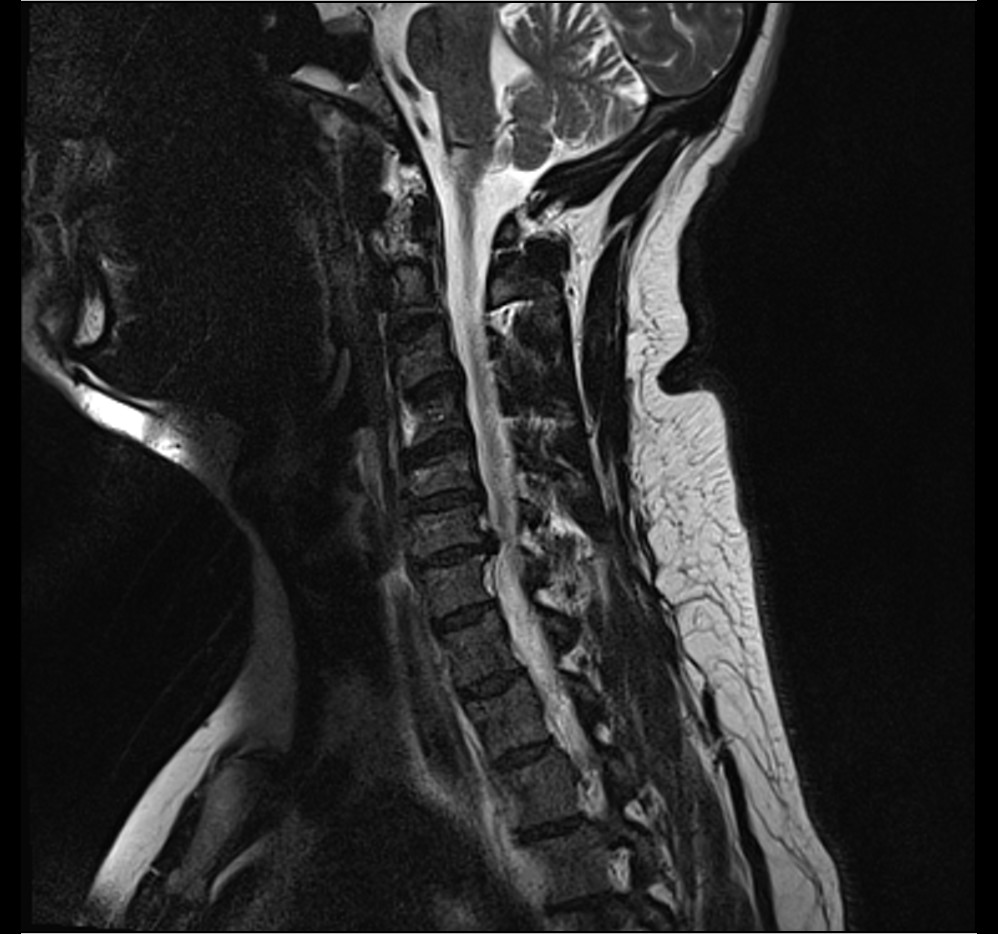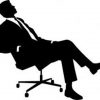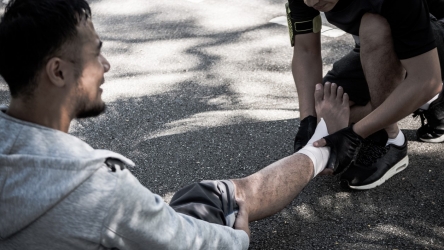
Experiencing neck pain more and more often? Don’t suffer in silence and simply ignore your chronic neck pain because this may be a symptom of a more serious disease. The neck is also known as the cervical spine and is one region of the spinal column or backbone, a long and flexible column of bone and tissue that extends through most of the body. The cervical spine is made up of seven bones, the vertebrae, and its role is for body support, spinal cord and nerve roots protection, and making flexible movements.
Causes of Chronic Neck Pain
Whiplash
 Neck pains may be caused by whiplash as a result of a strong rear impact while in a stationary position, which can occur during a vehicular accident or other events. Imagine taking a roller-coaster ride with quick acceleration and deceleration forces, causing the head and neck to move forward and backward. If a person is suffering from whiplash, this means that damage occurred to the bone structures and soft tissues, which are not life-threatening but can lead to a long time of partial disability.
Neck pains may be caused by whiplash as a result of a strong rear impact while in a stationary position, which can occur during a vehicular accident or other events. Imagine taking a roller-coaster ride with quick acceleration and deceleration forces, causing the head and neck to move forward and backward. If a person is suffering from whiplash, this means that damage occurred to the bone structures and soft tissues, which are not life-threatening but can lead to a long time of partial disability.
However, there is also what is called “whiplash associated disorders”, requiring more medical attention because of its severity.
Muscle Strains
Also known as muscle cramp, muscle strain is caused by muscle fatigue and overuse. Physical activities involving running, climbing or turning and twisting of the head may result in muscle strain and pain from the shoulders up. There are also nonobvious reasons that produce strain, especially at the workplace, when the person holds his neck or back in an abnormal position while at his desk for a long period of time without any breaks. Reading in bed or gritting the teeth can trigger muscle strains as well.
Osteoarthritis
Osteoarthritis (OA), a disease of the joints, affects many middle-aged to elderly people and is the leading cause of disability among them. OA symptoms differ from one person to another, but besides the common painful and stiff joints, neck pain is also one of OA’s unpleasant occurrences. As the intervertebral discs of the spine narrow down, the vertebrae on the cervical spine grows, increasing the pressure on them. These bone spurs compress the nerves leading to localized pain in the neck.
Spinal Stenosis
Spinal stenosis describes the narrowing of the spinal canal due to disc bulging, thickening of spinal ligaments, and bony spurs. As a result, the spinal cord gets squeezed or “pinched” and may cause neck pain, as well as numb and weak legs. Females more than 50 years of age and were born with a narrow spinal canal are the usual suspects of spinal stenosis.
Herniated Intervertebral Discs
 As we get older and because of injuries or diseases, the discs may get worn out and bone spurs may form on them due to the repeated stresses on the discs and vertebrae. The herniated disc causes the narrowing of the spinal canal through which spinal nerve roots exit. Thus, arm and neck pain occurs as well as numb or weak arms, and tingling in the fingers or hand.
As we get older and because of injuries or diseases, the discs may get worn out and bone spurs may form on them due to the repeated stresses on the discs and vertebrae. The herniated disc causes the narrowing of the spinal canal through which spinal nerve roots exit. Thus, arm and neck pain occurs as well as numb or weak arms, and tingling in the fingers or hand.
This pressure on the spinal cord may also disrupt the body’s normal bowel and bladder function. As the symptoms of herniated discs become more aggravated, the pain can spread from the neck to the arm.
Diagnosing your condition and finding the right treatment are possible because of the medical technologies we have today. Talk to a doctor today and find out if your neck pains could be a symptom of a serious disease. Visit this website for more information on neck pain symptoms, causes and treatment.
Featured images:
License: Creative Commons image source
License: Creative Commons image source
Amanda Sozak is a contributing writer for many health-related websites, including Lansing Neurosurgery, a Lansing-based practice focusing on neck and back pain.







